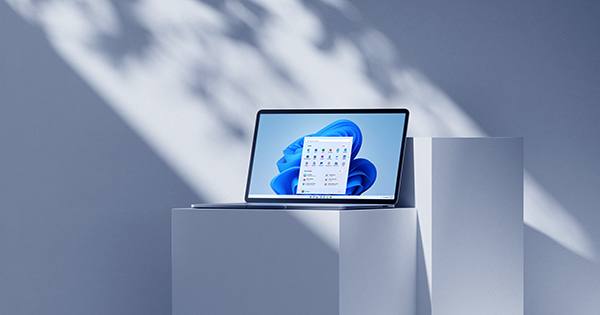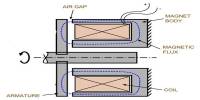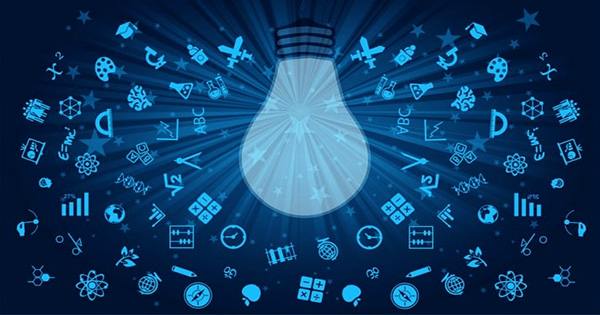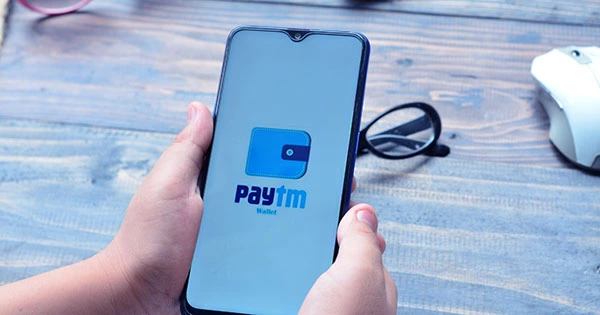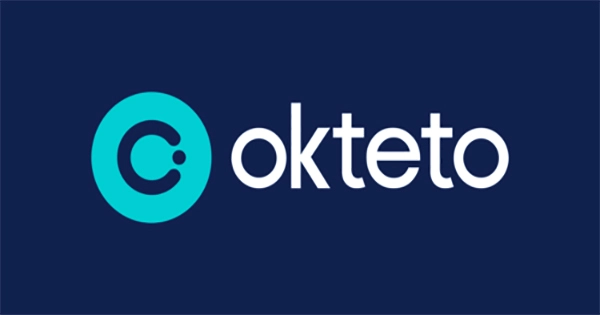We’ve heard a lot about the role of technology in pandemic education, and with good reason: digital solutions allowed school communities to keep learning going despite uncertainty and disruption that none of us could have predicted.
However, edtech’s successes have been accompanied by significant hurdles. School districts have invested in offering children access to computing devices and the internet since the pandemic shuttered schools in March 2020.
As they learned to manage remote teaching and learning in impromptu virtual classrooms, technology-averse teachers became technology-savvy. Despite all of our advances in digital learning, according to a recent McKinsey & Company study, the disruption of the face-to-face social parts of the classroom experience resulted in pupils leaving the 2020-2021 school year four to five months behind in reading and math on average. Teachers can employ software to differentiate and personalize lessons, and we’re starting to see the promise of digital learning take root. We can’t, however, stop here.
(In the last 18 months, “technology” has become synonymous with “virtual,” as many children have felt lonely while seated in front of a computer, yearning for connection with their friends and teachers.)
We now have the opportunity to apply what we’ve learned to usher in a new era of education, one that is fueled by technology but based on human connection and one that rejects the false choice between entertaining software and a fantastic instructor. We can combine the best of technology with the finest of the classroom experience when we return to school this fall.
The findings of HMH’s annual Educator Confidence Report were recently released, and they provide crucial insight into the attributes that should define the post-pandemic classroom.
Over 1,200 front-line educators from around the United States took part in the survey, and while optimism has waned (only 38% of educators expressed a somewhat optimistic or positive opinion of their work), confidence in the mastery and benefits of learning tools has increased. From digital promise to digital proof, we’ve come a long way.
Despite a turbulent year, teachers’ present attitudes toward technology are a bright spot, opening the path for more intentional usage of digital solutions.
Since we started this study seven years ago, educator confidence in using edtech has reached an all-time high, with 66 percent of teachers feeling very or extremely confident in their abilities. Many people attribute their success to the fact that they were thrown into the deep end in March 2020. Today, nearly all teachers have benefited from edtech, and 77 percent feel it will help them be more effective teachers in the aftermath of the pandemic.
